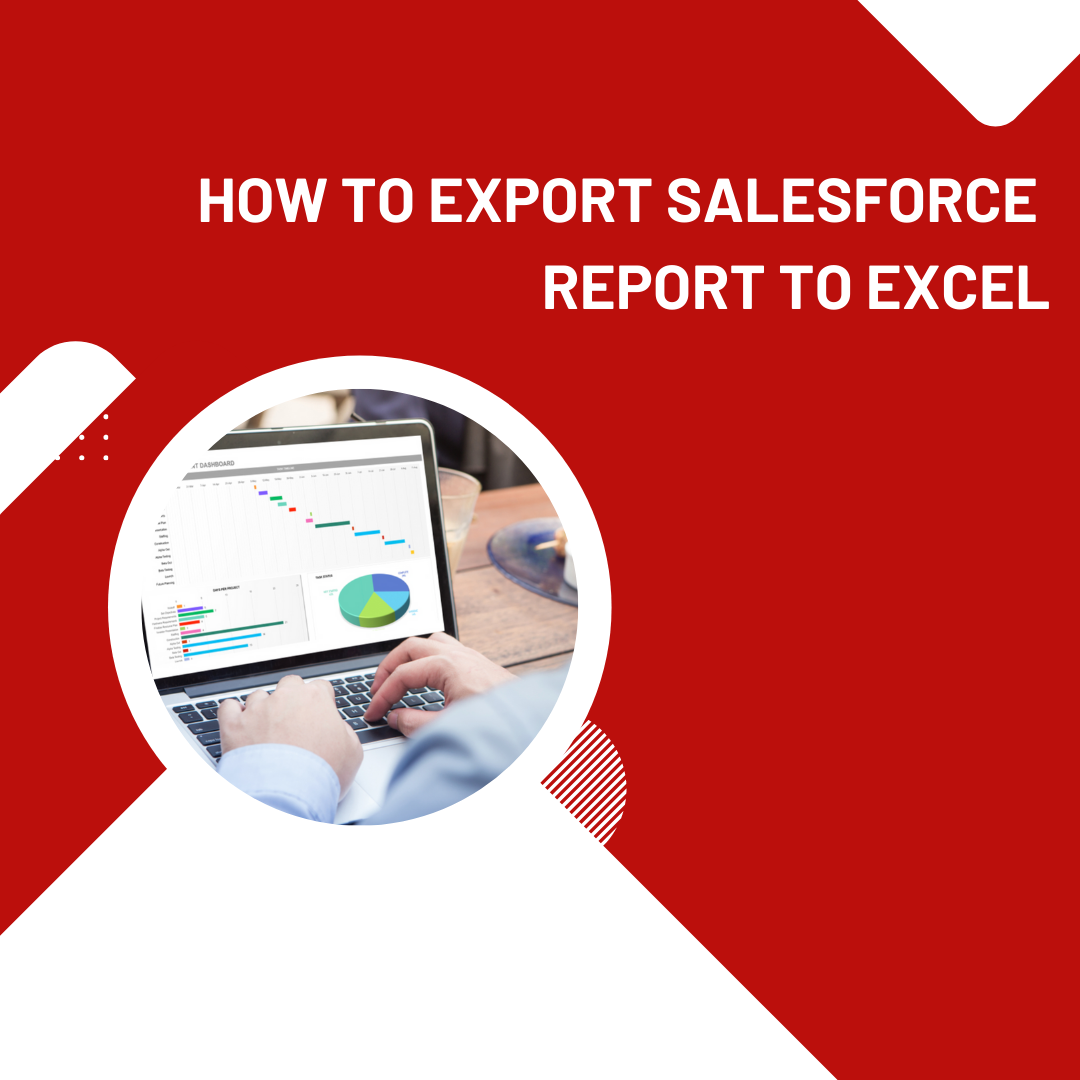

Do you want to share your built-in Salesforce report with external stakeholders? Or do you simply want to visualize your Salesforce data using some external tools, such as Tableau?
There are several reasons why you might want to learn how to export Salesforce reports to Excel, but the options are pretty limited.
Keep reading to find out which Salesforce report exporting solution works best for you.
Methods Of Exporting Salesforce Report To Excel
- Manually exporting Salesforce report to Excel or CSV
- This is probably the native functionality that allows you to manually download Salesforce reports to Excel. You can export the raw data as Excel and CSV files or formatted reports as Excel files.
- Schedule Salesforce data export to build custom reports in a spreadsheet
- This is used for custom reporting. You can automate exporting of specific data entities to Excel or Google Sheets. Based on this valuable data, you can create a custom report or dashboard, which will update automatically with every data refresh.
- Export Salesforce reports via the Salesforce API
- This is probably a more advanced approach, demanding exceptional coding skills to extract data using the Salesforce API. On the other hand, you can also use the JSON to Excel connector. This will help you avoid any coding; however, you’ll need to map the exported data in Excel.
Opting for Salesforce developer training and Salesforce admin courses will help you learn all of these methods and tricks to master the Salesforce platform and give wings to your career. Register for QuantoKnack’s live, real-world project-based training and certifications.
Learn How To Export Salesforce Reports To Excel In Lightning Experience
In this section, you will learn how to export Salesforce reports to Export. Follow the simple steps:
Start with opening a report that needs to be exported to Excel in Salesforce Lightning. Explore the arrow menu on the top right corner of the report, next to the edit option.
Go to the Edit drop-down menu on the right side of your Salesforce report and choose Export.
Select the format for exporting the Salesforce report to Excel
- Formatted Report is readily available for export as an XLSX Excel file
- Details Only are available for export as XLSX or XLS files, as well as CSV
Click Export – The excel file with your Salesforce report will be downloaded to your device.
The Export file generated will be in the raw format, while Printable View will maintain the report format in the Excel file, including:
- Report name
- Report generator and timestamp
- Sorting
- Report filter
- Grouping and field count
- Fields summary
Salesforce Reports For Excel Export Limitations
- Up to 5 reports at once.
- Unlimited rows and columns for Details-only reports in CSV or XLS formats.
- Maximum 100,000 rows and 100 columns for Details-only in XLSX format or Formatted Reports.
- Historical trending reports are unavailable for export.
- Joined reports can include 2,000 rows and are available for export only as Formatted reports.
What Is A Details-Only Data Export?
This details-only data export will help you export only the data rows with their header.
This is the file format used for extra computing done on Excel or any other spreadsheet program or uploading the file in another program.
The exported data file will be usable for pivot tables, filters, or comparisons with other files.
How to Link Salesforce report to Excel using the Salesforce API
Another solution for exporting Salesforce reports to Excel is the Salesforce REST API. To do this, you’ll have to follow the below-listed steps:
First, create a Connected App in Salesforce and get an access token
Using an access token, you can easily send a GET request to the below API URL:
curl “{instance – URL}/services/data/{api_version}/analytics/reports/{report-ID} \
-H “Authorization: Bearer {access_token}”
Where:
{instance-URL}
is kind of the instance URL, which you got along with the access token, for example,
https://quantokack.my.salesforce.com/
{api_version}
is the Salesforce API version
{access_token}
your access token
{report-ID}
is the Salesforce Report Id. If you want to learn the report ID, you need to open the report and check the URL bar.
This step is more technical as it requires you to work with the Salesforce API documentation and write a script to extract data and map it into your Excel file.
Conclusion: The above-listed are some of the methods that will help you learn how to export Salesforce reports to excel quickly. Depending upon your expertise and situation, you can go for any method/solution and represent Salesforce reports in Excel format in your management meeting.
Want to master the world’s leading platform – Salesforce? Enroll in Salesforce developer training and Salesforce admin course offered by QuantoKnack. This live, real-project-based training and certifications will help you thrive in today’s market.
Don’t miss the opportunity!






